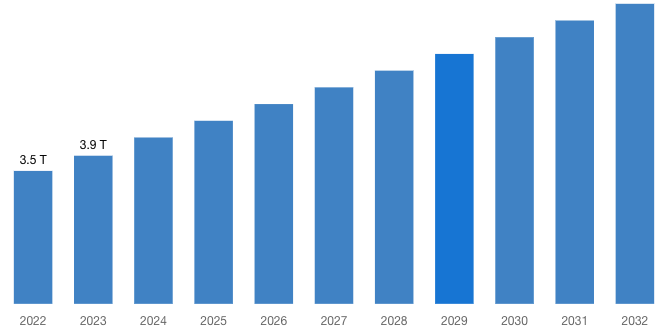Global Retail E-Commerce Market Overview
Market Growth Trends
According to a recent market research study published by Custom Market Insights, the demand analysis of the Global Retail E-Commerce Market has shown significant growth in recent years. The revenue was valued at approximately USD 3.5 Trillion in 2022, and it is expected to reach USD 3.9 Trillion in 2023. Furthermore, the market is projected to reach around USD 7.9 Trillion by the year 2032, with a compound annual growth rate (CAGR) of 8.5%.
Factors Driving the Growth
The rise of e-commerce platforms and digital transformation has been a major driver for the growth of the global retail e-commerce market. The convenience of online shopping, the availability of a wide range of products, and the ease of comparison shopping have all contributed to the increasing demand for e-commerce services.
Key Players in the Market
Some of the leading players in the global retail e-commerce market include companies like Amazon, Alibaba, Walmart, and JD.com. These companies have been at the forefront of innovation in the e-commerce space and have been instrumental in shaping the current landscape of online retail.
Impact on Consumers
With the continued growth of the global retail e-commerce market, consumers can expect to see a wider variety of products and services available online. The competitive nature of the market also means that consumers are likely to benefit from lower prices and better deals when shopping online.
Impact on the World
The growth of the global retail e-commerce market has far-reaching implications for the world economy. E-commerce has the potential to create new opportunities for businesses, drive innovation, and promote economic growth. Additionally, the shift towards online shopping has the potential to reduce the environmental impact of traditional retail practices.
Conclusion
In conclusion, the global retail e-commerce market is poised for continued growth in the coming years, with projections indicating a market size of USD 7.9 Trillion by 2032. This growth is driven by factors such as the rise of e-commerce platforms, digital transformation, and the increasing demand for online shopping. Overall, the impact of this growth is expected to be positive for consumers and the world economy as a whole.





